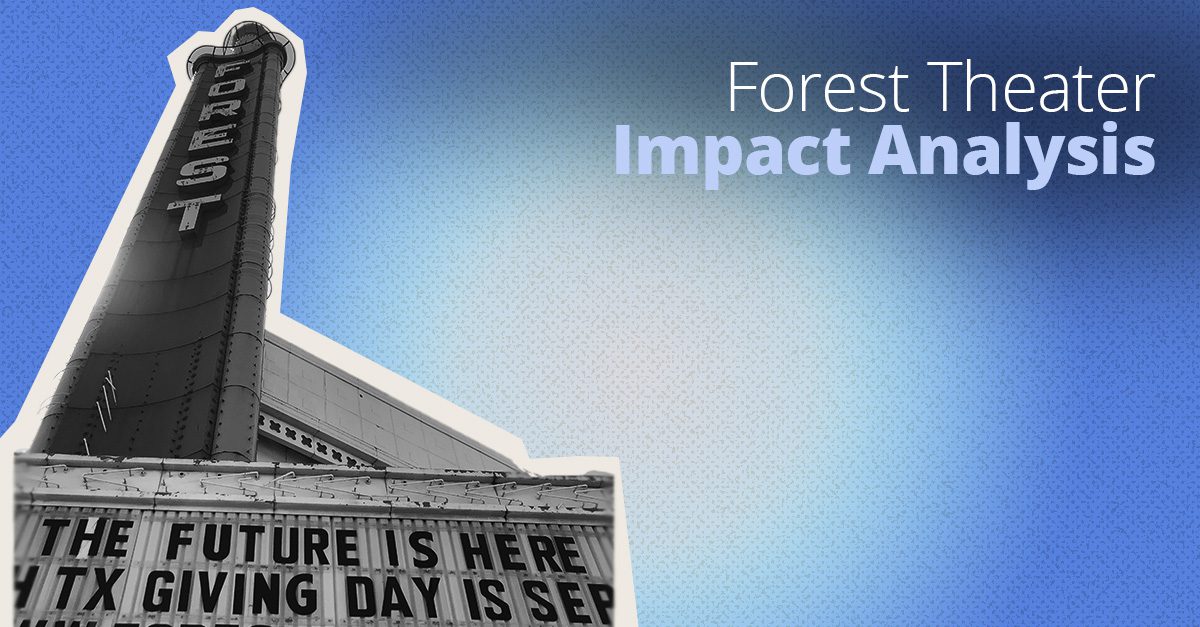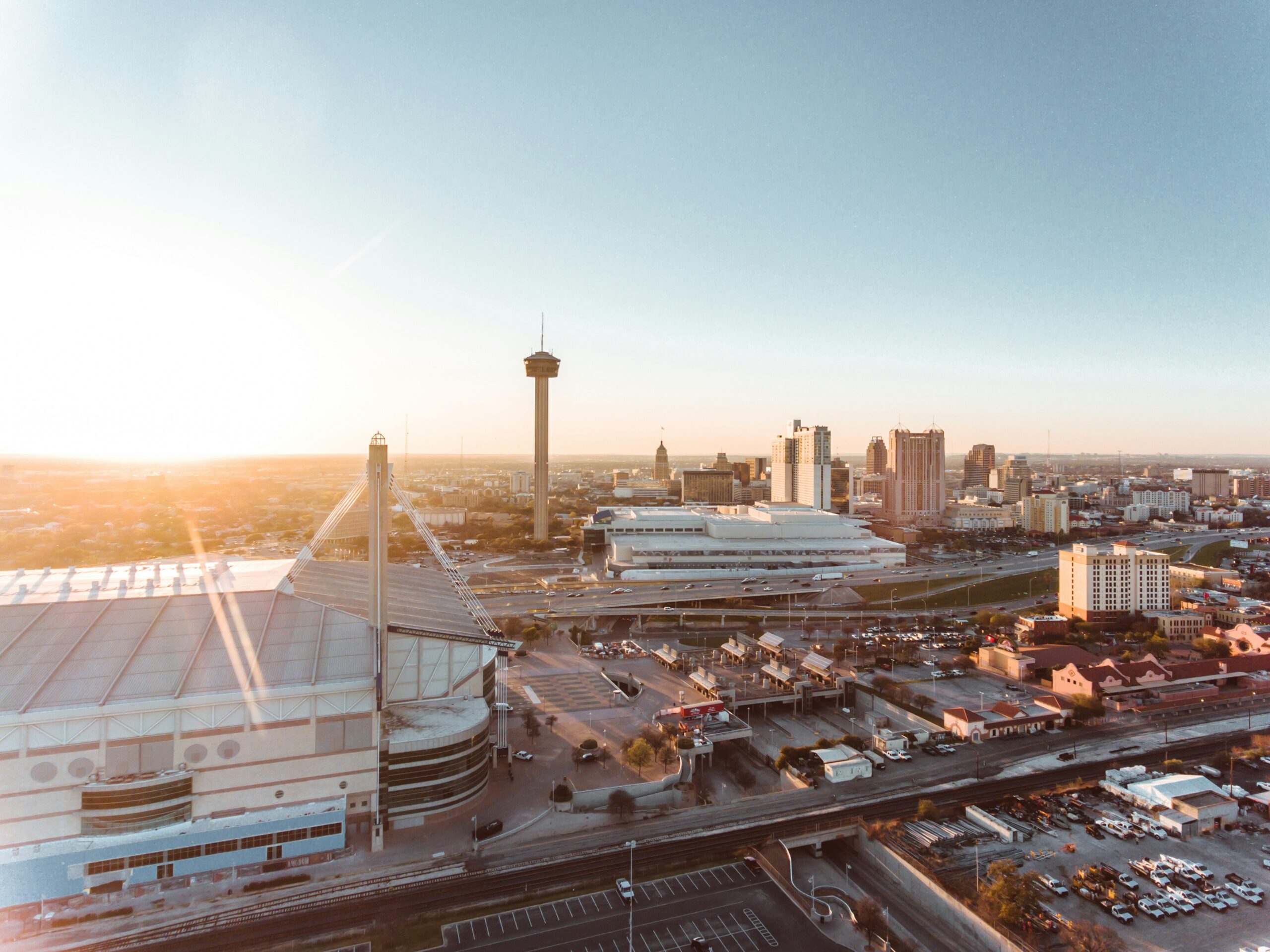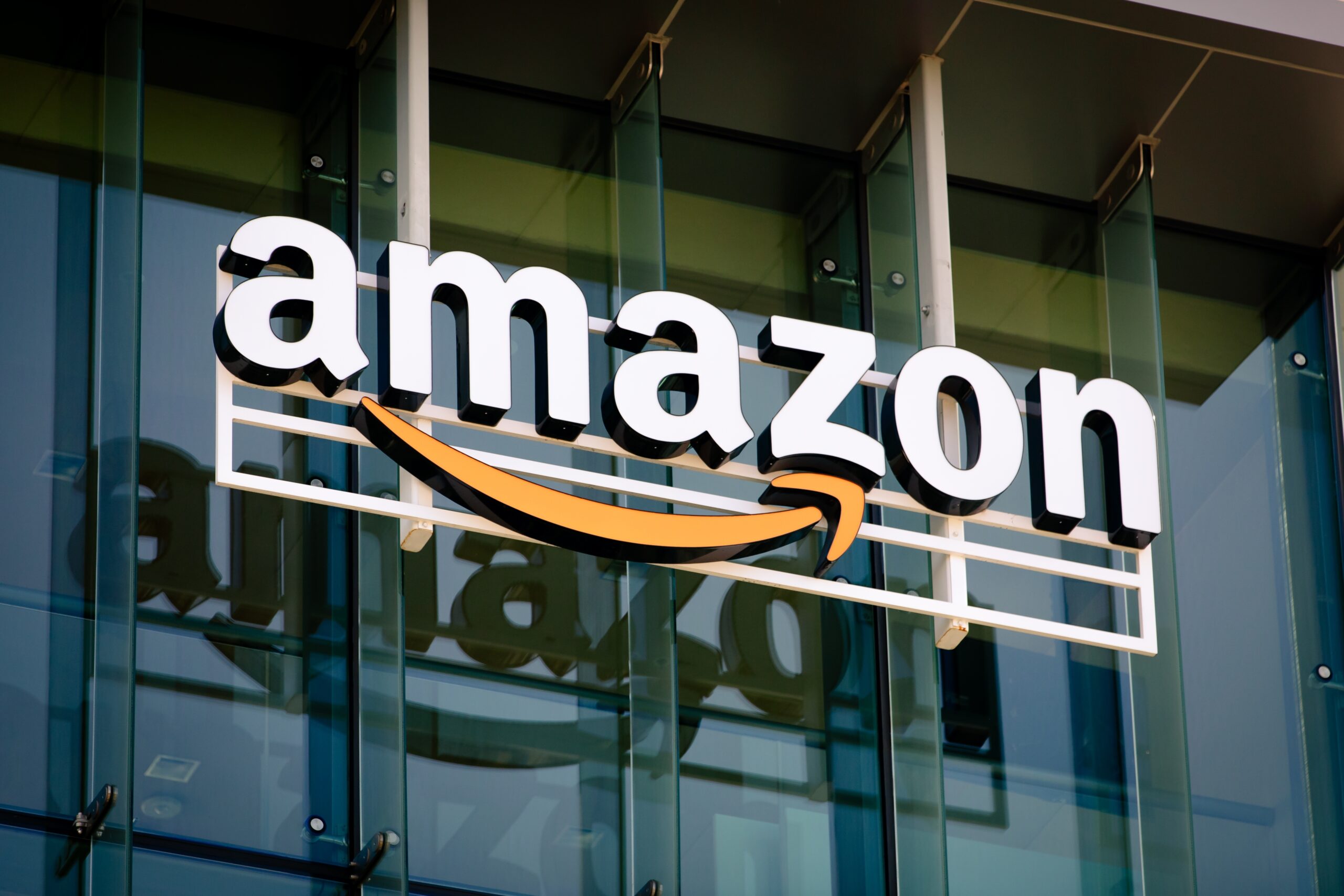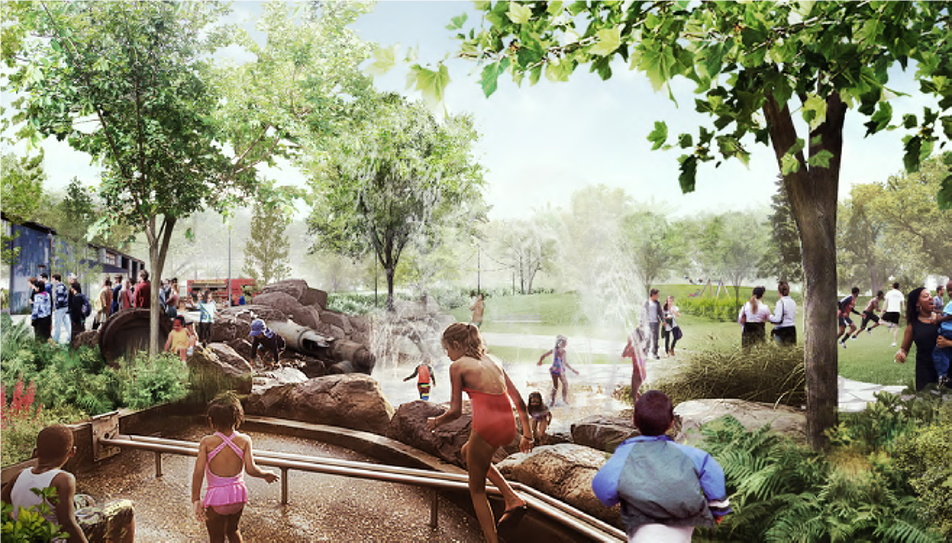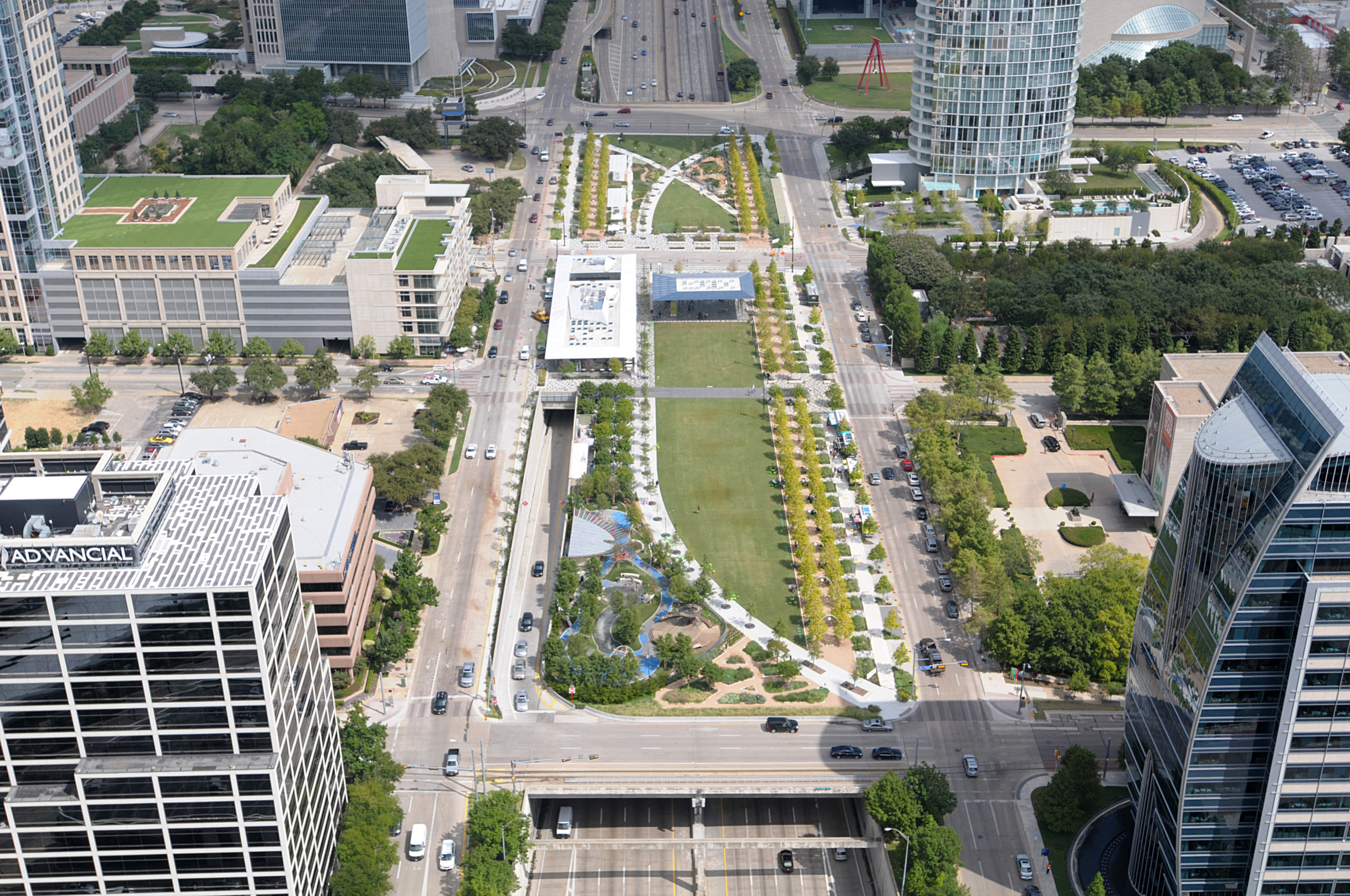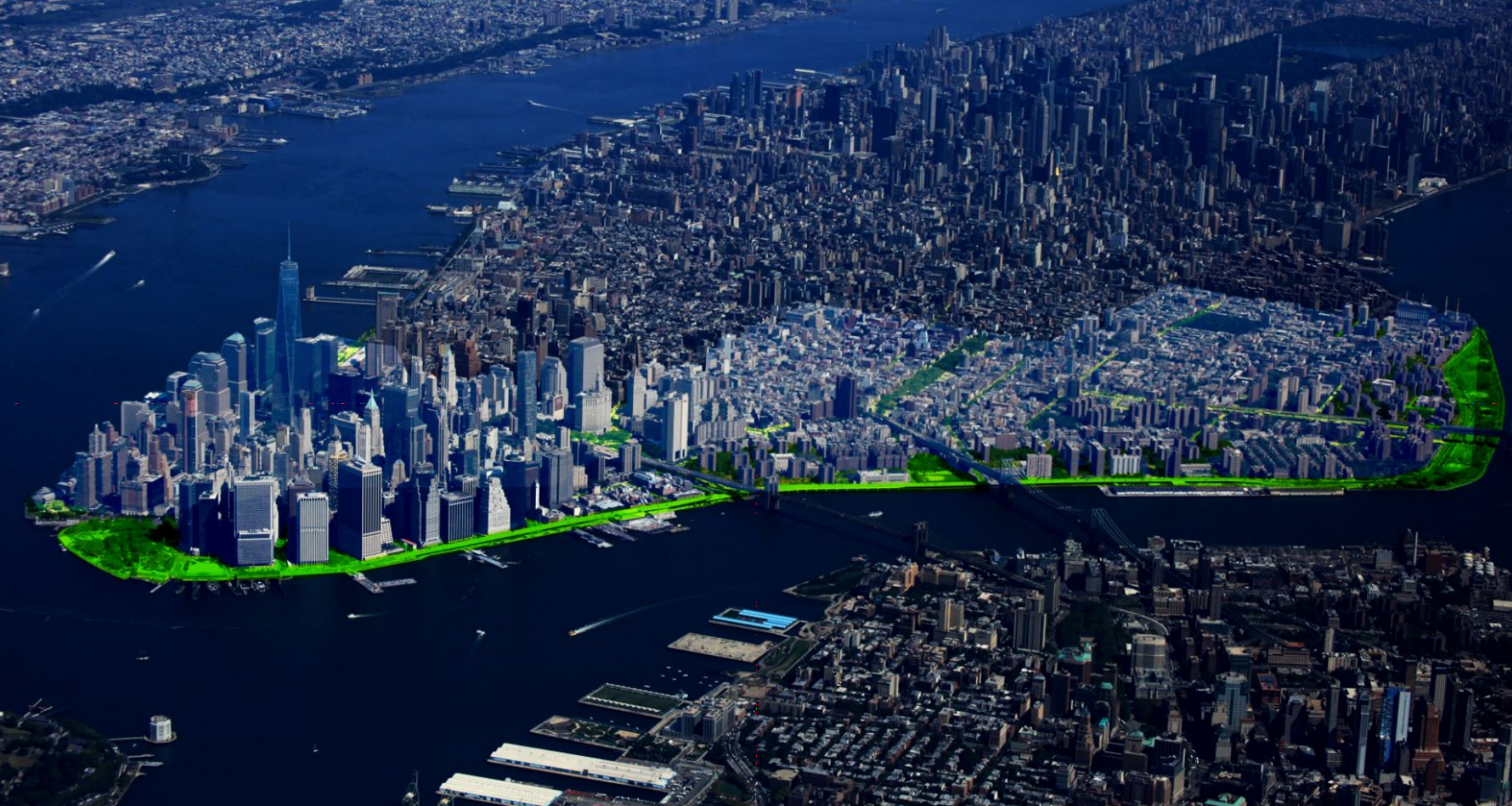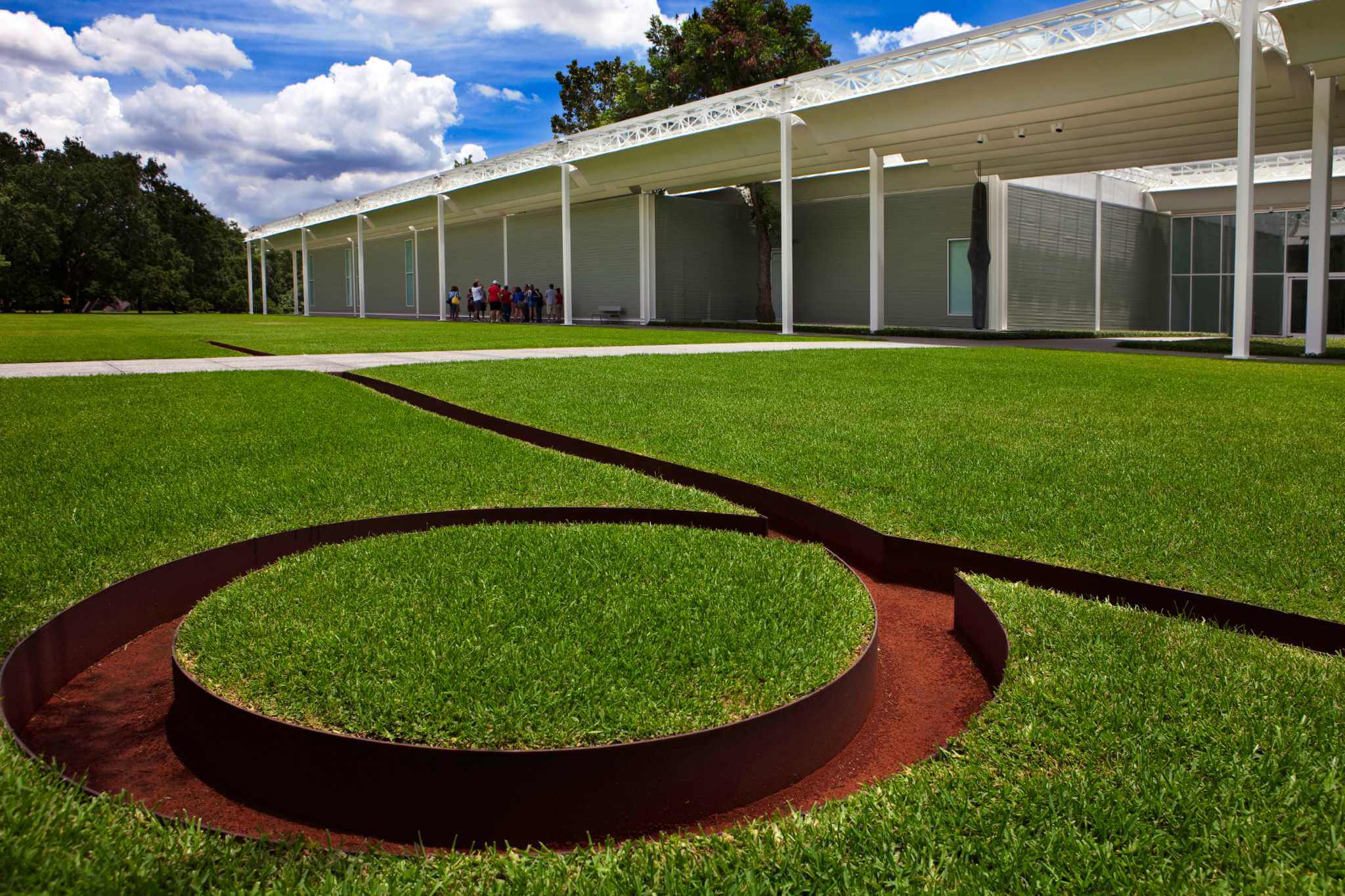HR&A worked with Forest Forward, a Dallas-based non-profit, to quantify the economic and community impacts of redeveloping the historic Forest Theater in South Dallas. Our analysis demonstrated how this landmark project would generate measurable economic benefits while expanding equitable access to cultural arts facilities and strengthening community health and safety outcomes across South Dallas.
The Forest Theater redevelopment serves as the centerpiece of Forest Forward’s comprehensive community development vision, encompassing education, arts, and housing initiatives in an area historically underserved by cultural amenities. HR&A developed detailed projections of both one-time construction impacts and ongoing operational benefits, showing how the project would create jobs, generate tax revenue, and catalyze broader neighborhood investment. Beyond economic modeling, our team assessed how the restored theater and accompanying programming would address disparities in cultural arts access, examining everything from transportation connectivity to programming accessibility to ensure the facility would truly serve existing residents.
Recognizing that cultural investments can sometimes accelerate displacement, HR&A created a comprehensive equitable development toolkit specifically tailored to Forest Forward’s goals and community context. This strategic framework provided concrete strategies to maximize community benefits while proactively addressing risks of cultural, residential, and commercial displacement. The toolkit equipped Forest Forward with data-driven insights and actionable recommendations to support their fundraising efforts while ensuring their transformative vision would strengthen rather than displace the South Dallas community they aim to serve.
Press:
Reviving History, Building Futures: Forest Forward’s Restoration of the Historic Forest Theater
Historic Forest Theater in South Dallas To Begin Renovations — Dallas Observer
Forest Forward Breaks Ground on Historic Forest Theater in Sunny South Dallas — Arlington BubbleLife
New chapter opened — Dallas Business Journals
